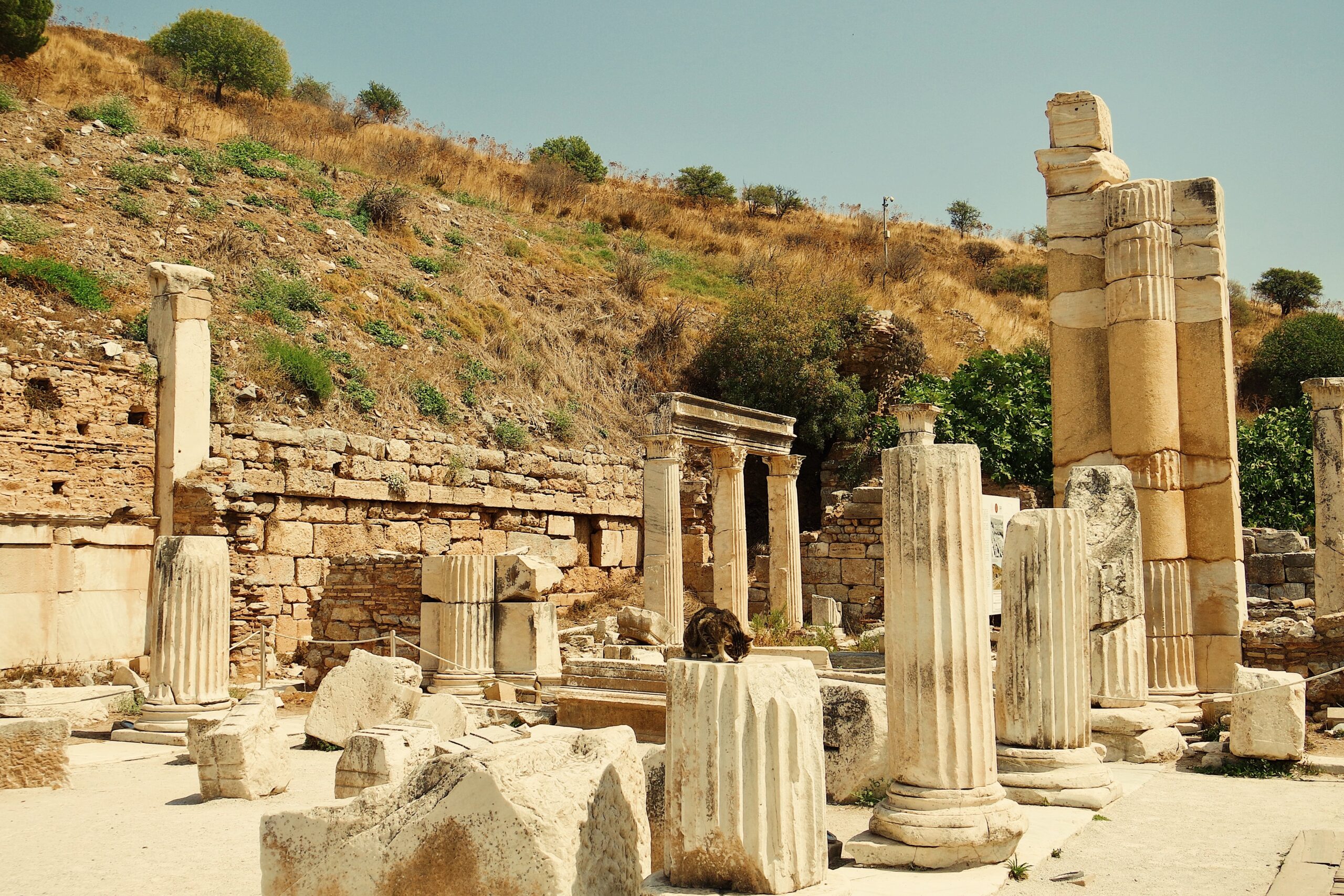Harappa, it’s like the OG of subcontinent cities, making its grand debut around 4700 years ago—imagine that! They stumbled upon this ancient gem in 1920, and boom, the mystery unravelled. But wait, it gets better! Lothal, Dholavira, Mohenjodaro, and Kalibangan decided to join the party, earning themselves the tag of Harappan cities. It’s like they all collectively raised their hands and said, “Hey world, we’re the Harappan civilization, nice to meet you!” And guess what? They set up shop around the Indus River, flaunting the existence of the Indus Valley Civilization. Now, that’s what I call an ancient squad making history! These significant sites, strategically located around the Indus River, serve as compelling evidence affirming the existence of the Indus Valley Civilization.
The Harappan Dawn: Not a Blink-and-Miss Affair
Contrary to popular belief, the Harappan Civilization wasn’t a spontaneous occurrence. It sprouted from various Neolithic villages, evolving gradually. The clever use of technology in exploiting the fertile plains of the Indus River triggered a surge in agricultural production. This abundance didn’t just feed the locals; it paved the way for the growth of non-agricultural sectors like artisans and administrators. The result? Sprawling cities dotted the landscape, shouting prosperity from every brick.
Regional Cultures and Chalcolithic Chronicles
Fast forward to 2000 BC, and we witness the emergence of regional cultures across the subcontinent, all wielding stone and copper tools. These Chalcolithic cultures, nestled beyond the Harappan zone, weren’t exactly the cream of the crop. Think rural simplicity rather than urban sophistication. Spread across Western and Central India, their chronicles unfolded between 2000 BC–700 BC.
Unveiling the Marvels of Harappan Cities
Citadel vs. Lower Town: A Tale of Two Halves
Picture this: a city divided into two parts. The smaller, elevated portion—the citadel—graced the western landscape, while the larger, lower segment—the lower town—dominated the east. Encircling each part were walls crafted from impeccably baked bricks, showcasing architectural prowess that has withstood the test of centuries.
The Great Bath and Storage Extravaganza
Mohenjodaro, one of the shining stars of the Harappan galaxy, boasted a special treat—the Great Bath. An ancient spa, if you will, echoing the sophistication of Harappan engineering. Meanwhile, cities like Harappa and Lothal flexed their organizational muscles with elaborate storage facilities.
Urban Hustle: Trading, Crafts, and Connections
Trading was the lifeblood of Harappan urbanity, pulsating both internally and externally. Urbanites and villagers engaged in a symbiotic dance, exchanging goods and ensuring mutual prosperity. The Harappans weren’t shy about extending their reach—Mesopotamia became a key player in their trading escapades.
Metal Matters: Sourcing from Afar
Metal and precious stones were the VIPs in the crafting world, but they weren’t always readily available locally. Rajasthan’s copper deposits and the Khetri mines became prime spots for copper, while gold and silver potentially journeyed from the Kolar gold fields and the Himalayan river beds.
Harappan Living: Houses, Drains, and Daily Affairs
Imagine houses with dedicated bathing spaces, wells for water, and covered drains seamlessly integrated into city planning. Harappan leaders orchestrated the construction of special buildings, rulers sent adventurers far and wide for resources, and scribes played their part in crafting seals and preserving history.
Crafts Galore: From Seals to Spindle Whorls
Harappan craftsmanship wasn’t just a run-of-the-mill affair. Stone, shell, and metals like copper, bronze, gold, and silver took center stage. Seals adorned with sculpted animals, pots with intricate black designs, and even bits of cloth attached to silver vases showcased their artistic flair. Spindle whorls made from terracotta and faience added a spin to the textile game.
Raw Materials Odyssey: From Near and Far
While local raw materials were a staple, the Harappans weren’t shy about importing exotic goodies. Copper from Rajasthan and Oman, tin from Afghanistan and Iran, gold from Karnataka, and gemstones from Gujarat, Iran, and Afghanistan—all part of the grand Harappan shopping list.
Culinary Chronicles: Plows, Herds, and Fruitful Pursuits
Harappans weren’t just masters of craft; they knew their way around agriculture. Plows worked the land, ensuring a bounty of wheat, rice, pulses, and more. Cattle, sheep, goats, and buffalo grazed the landscape, while summer saw herds venturing farther afield in search of greener pastures. Fruits, fish, and wild game completed the culinary picture.
Gujarat’s Glittering Gems: Dholavira and Lothal
Take a detour to Gujarat, where Dholavira and Lothal stole the show. Dholavira, nestled in the Rann of Kutch, boasted freshwater and rich soil. Stone walls guarded its three parts, and a spacious central area played host to public celebrations. Meanwhile, Lothal, perched near the Gulf of Khambhat, flaunted readily available raw materials and a workshop dedicated to bead making.
Conclusion
Approximately 3900 years ago, the plot thickened. Cities emptied, seals and weights gathered dust, and once-thriving streets faced neglect. Theories abound—rivers drying up, deforestation, floods, or perhaps a leadership vacuum. Sindh and West Punjab sites were abandoned, giving rise to smaller settlements in the east and south.
In the end, the Harappan tale remains a captivating enigma, its final chapters shrouded in the mists of time. Theories persist, but the true reason behind the decline of these ancient marvels remains a mystery waiting to be unraveled. So, dear reader, as we bid adieu to the Harappan saga, remember—the echoes of their civilization linger, inviting us to imagine, explore, and ponder the secrets of our ancient past.
